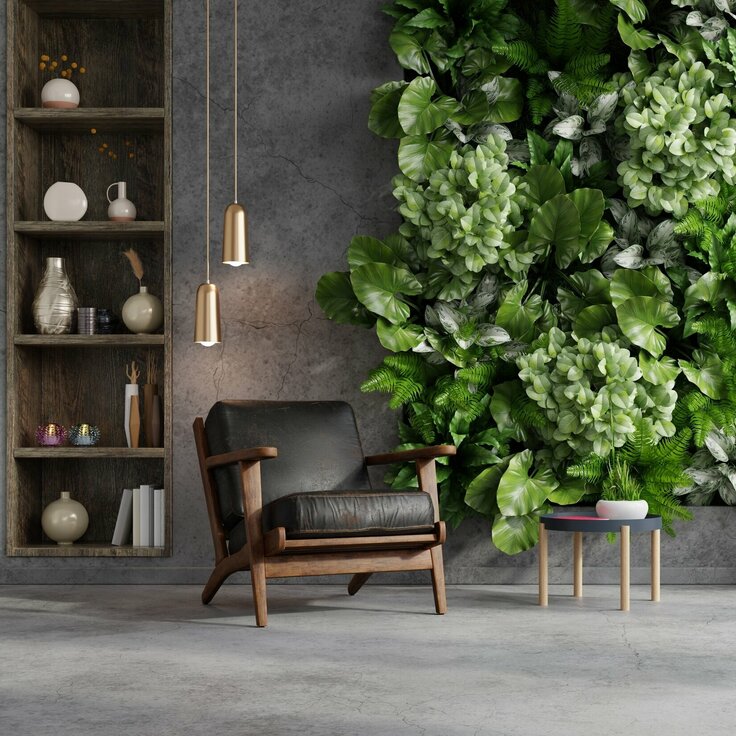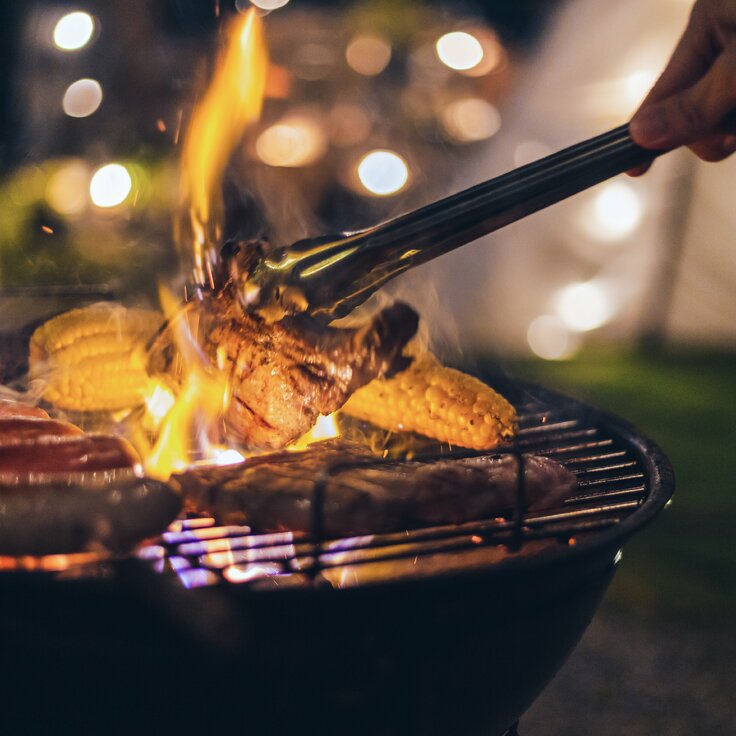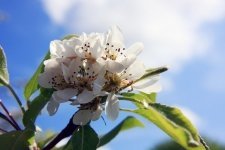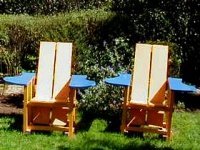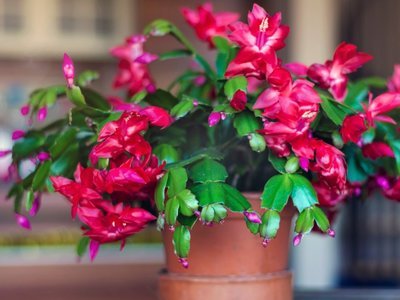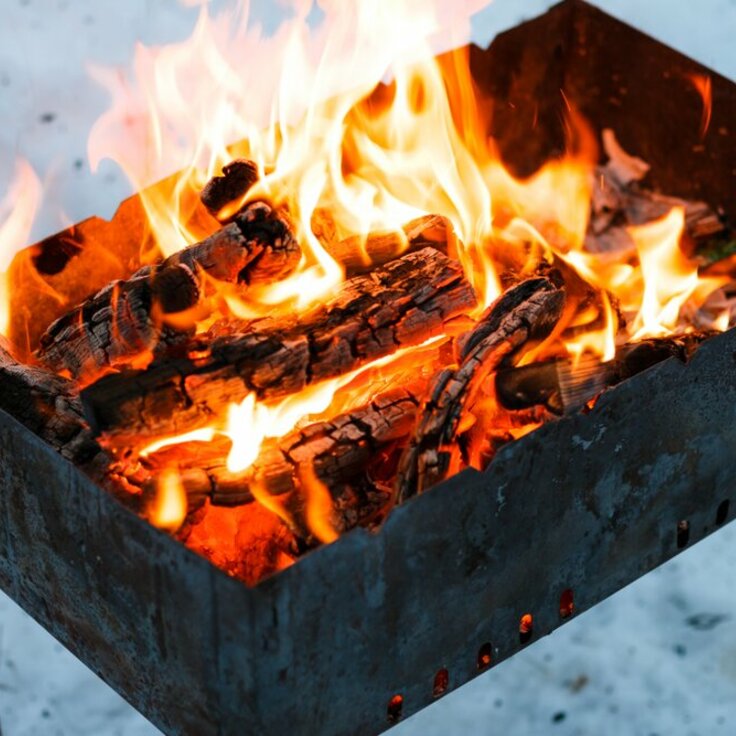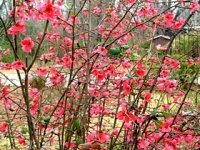Other Factors in Garden Creation
You've picked out what type of garden you will have, what the location will be, and what kind of fertilizer you need, now is the time to really get started in choosing your garden environment. First you'll want to choose what your garden barriers will be. What will separate your garden from the rest of the world?
Next you'll want to choose the decorations and support for your plants. Often some kind of metal mesh is necessary to keep your plant standing up. You will also want to choose how much soil and fertilizer to buy, and how to arrange all the plants in your garden.
Choose a border
Choosing a border is actually a fairly important step in getting your garden started. It might not actually affect the well-being of the plants, but having a garden is a fairly aesthetic ordeal for many people anyways. So usually you will want to choose between metal and wood. You can stack up boards around the perimeter of your garden, and give it a rather nice cabin look. If you're looking for a more modern look, you can obtain some metal lining at your local home improvement store for rather cheap, and installation is medium difficulty.
Support your plants
Finding something nice-looking to support your plants can be a little bit more challenging. Sometimes a short metal pole can work well, but often for plants such as tomatoes you will need a wire mesh for it to pull itself up on. You can find these at any gardening center, usually pre-shaped in a sort of cone shape ideal for plants. The plant just grows up through it, and usually it will last until the plant is grown enough to support itself. After that you can take a pair of wire-cutters and just snip it free.
Measure how much soil you need
Deciding how much soil to buy can be slightly easier. Look up information on your plants and find out the ideal soil depth. Then dig out that much from your garden, take the measurements, and find out the exact amount of cubic feet of soil that you will need. Go to the store and buy it, preferably adding on a few bags just so you can replenish the supply if it compresses or runs out. If you live in an area where the ground is rough, dry, and barren of nutrients, then you might even want to add a few inches of depth to the original recommendation.
How to arrange the plants
Arranging the plants is rather important to the success of your garden. We're not talking about some kind of feng-shui thing, but depending on your watering, some plants might hog all the water and leave the other plants high and dry. Some plants have longer roots than others, and are more aggressive in the collection of water. If you place one of these plants next to a plant with weaker, shorter roots, it will quickly hijack the water supply for itself, and choke out the other plant.
Tip:
Placement isn't the only important thing about a garden. There are many other factors that might not seem very significant, but spending a proper amount of time considering them could change the outcome of your garden. So if you're working on building a garden, use any reference you can get (the library, the internet, and magazines)

